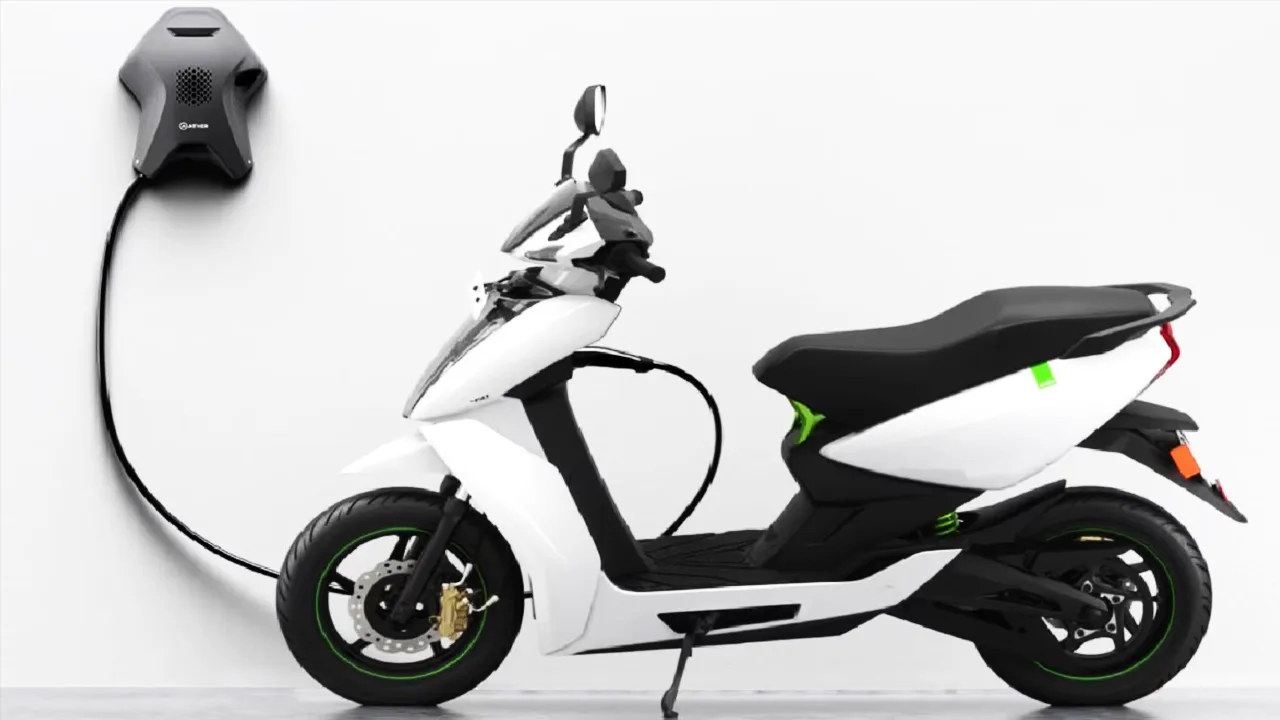Home »
Charging an electric scooter is a crucial aspect of owning and operating these eco-friendly and efficient modes of transportation. The charging process involves several intricate factors. We will explain the various factors affecting charging times, ranging from battery capacity and charger output to battery chemistry and charging infrastructure. By understanding these factors, electric scooter users can make informed decisions to optimize their charging experience and maximize the efficiency of their vehicles.
Battery Capacity:
Electric scooters are rechargeable energy source lithium-ion (Li-ion) batteries due to their high energy density and relatively fast charging capabilities. Battery capacity is measured in watt-hours (Wh) and directly impacts the scooter’s range and charging time. Higher-capacity batteries store more energy but take longer to charge. Electric scooters come with batteries ranging from around 100 Wh for smaller, portable models to over 1000 Wh for high-performance scooters designed for longer rides.
Charger Output:
The charger’s output, measured in amperes (A), plays a role in determining the charging time. Chargers with higher output ratings can deliver more current to the battery, resulting in faster charging times. Charger outputs typically range from 1A for slower chargers to 10A or more for fast chargers. It’s essential to use a charger that matches the scooter’s battery specifications to ensure safe and efficient charging.
Battery Chemistry:
The type of battery chemistry used in electric scooters impacts charging times and overall performance. Lithium-ion batteries are the most common choice for electric scooters due to their high energy density, lightweight, and relatively fast charging capabilities. Li-ion batteries can handle higher charging currents than lead-acid batteries, resulting in shorter charging times and improved efficiency.
- Nearly 30% of UK Drivers Believe Car Tax Should Be Based on Mileage — Survey
- Why Planes and Boats Escaped the Luxury Tax But Cars Didn’t
- Australia’s Headlight Confusion: Authorities Warn Drivers After Viral $250 Headlight Rule Goes Wild Online
- 2025 Hyundai Venue Facelift Launched in India – Full Details, Variants, and Price
- Royal Enfield Bullet 650 Unveiled at EICMA 2025: A Classic Legend Returns
Initial Battery Level:
The starting state of charge of the battery also affects the charging time. A completely depleted battery will take longer to charge. However, lithium-ion batteries do not suffer from the memory effect, so frequent partial charging does not adversely affect their lifespan. It’s essential to monitor the battery level. And recharge the scooter as needed to ensure optimal performance and longevity.
Charging Infrastructure:
The infrastructure available for charging electric scooters plays a role in determining charging times. A standard wall outlet may suffice for overnight charging, but it typically results in longer charging times than dedicated electric vehicle charging stations or higher-powered outlets. Electric scooter users can benefit from installing a home charging station or accessing public charging infrastructure to reduce charging times and enhance convenience.
Charging Efficiency:
Efficiency losses during charging can impact the overall charging duration. Some energy is lost as heat during the charging process at higher charging currents. It’s essential to use high-quality chargers and cables to minimize energy losses and ensure efficient charging. Maintaining proper ventilation during charging can help dissipate heat and improve charging efficiency.
Fast Charging:
Some electric scooters support fast charging capabilities, allowing for significantly quicker recharge times. Fast chargers employ advanced charging algorithms and higher currents to reduce charging times by half or more than standard chargers. While fast charging may come with additional costs and considerations, it offers greater convenience, especially for users with busy schedules or longer commutes.
Battery Management Systems (BMS):
Many electric scooters are equipped with Battery Management Systems (BMS) to regulate the charging process and ensure the safety and longevity of the battery. BMS monitors parameters such as voltage, temperature, and current flow to prevent overcharging, overheating, and other potential issues. While BMS adds some overhead to the charging process, it is essential for maintaining battery health and maximizing lifespan.
How long does it take to charge an electric scooter?
How long does it take to charge an electric scooter? Charging an electric scooter usually takes between 4 to around 15 plus hours. The exact time is determined by the size of the scooter’s battery and the charger being used. Keep in mind that the speed at which your scooter charges can vary depending on the scooter and the charger. Charging an electric scooter involves several factors that influence the charging time. Electric scooter users can improve their charging experience and ensure their vehicles’ efficiency by considering factors such as battery capacity, charger output, battery chemistry, and charging infrastructure. As technology advances and charging infrastructure improves, electric scooter users can expect shorter charging times and greater convenience, increasing the appeal and utility of these environmentally friendly modes of transportation.
